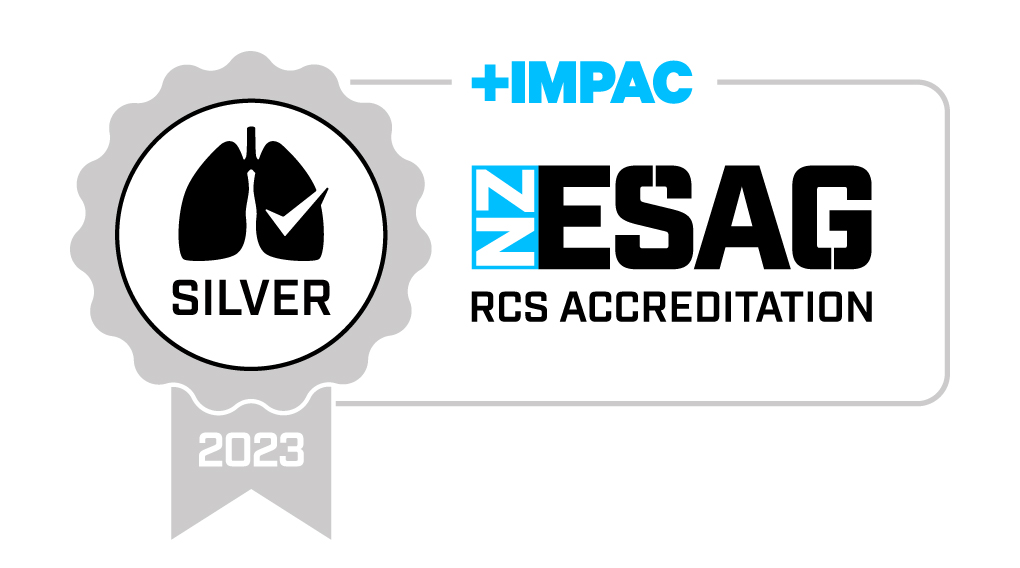Working With Engineered Stone
For the vast majority of fabrication, we chose to use Porcelain stone with a very low silica content.
Where engineered stone is required, our factory is equipped with the most up-to-date dust extraction and suppression systems, enabling us to operate well within best practice guidelines for stone fabrication.
The risk of Silicosis is real, but we are leading the way in its mitigation.
At Stone by Design, we take the risk of contracting Silicosis very seriously and have invested heavily in implementing and continually upgrading all recommended safety measures. All cutting, grinding, and polishing activities are conducted under water suppression. Our processing plant also has dust extraction and water recycling systems. Air quality tests and individual health examinations are performed annually. PPE is provided and worn in line with best practice guidelines.
Many stone suppliers have been developing low-silica stone with less than 40% crystalline silica. Increasingly our customers chose product from the extensive porcelain range, which has less than 10% crystalline silica.
Silestone® by Cosentino with HybriQ Technology® is a Mineral Surface available in New Zealand, which contains less than 50% crystalline silica, and a commitment to reduce this to below 40% by the end of 2023.
Caesarstone by Laminex has also committed to reducing silica content in their product to below 40% in 2024.
It is only in the processing of the stone, that RCS dust is emitted. Once installed, stone surfaces are entirely safe and cause zero risk of contact with Silica dust.
Government Legislation
The Australian government is considering banning standard or high silica content engineered stone, moving to low silica (less than 40%) content engineered stone only. We understand that Worksafe and the New Zealand government are also considering similar changes.
We support this, and we are working to source all engineered stone in a low silica format.
Silicosis Explained
Crystalline silica is a common mineral found in the earth’s crust. Materials like sand, stone, concrete, and mortar contain crystalline silica. It is also used to make products such as glass, pottery, ceramics, bricks, and artificial stone.
Respirable Crystalline Silica (RCS) dust is created when materials containing silica are cut, ground, drilled, sanded, polished, shaped, fabricated or processed dry.
Workers who inhale these very small crystalline silica particles are at increased risk of developing serious silica-related diseases, including:
- Silicosis, an incurable lung disease that can lead to disability and death;
- Lung cancer;
- Chronic obstructive pulmonary disease (COPD); and
- Kidney disease.
Silicosis is a lung disease caused by long-term (>10 years) breathing in of airborne silica dust and Accelerated Silicosis occurs after higher dust exposure over a shorter timeframe (<10 years).
There are several safety measures that can be put in place to reduce exposure to silica dust, these include air monitoring, education, and training, use of appropriate PPE, and dust control measures such as water suppression (more detail on the NZESAG website) (New Zealand Engineered Stone Advisory Group).



